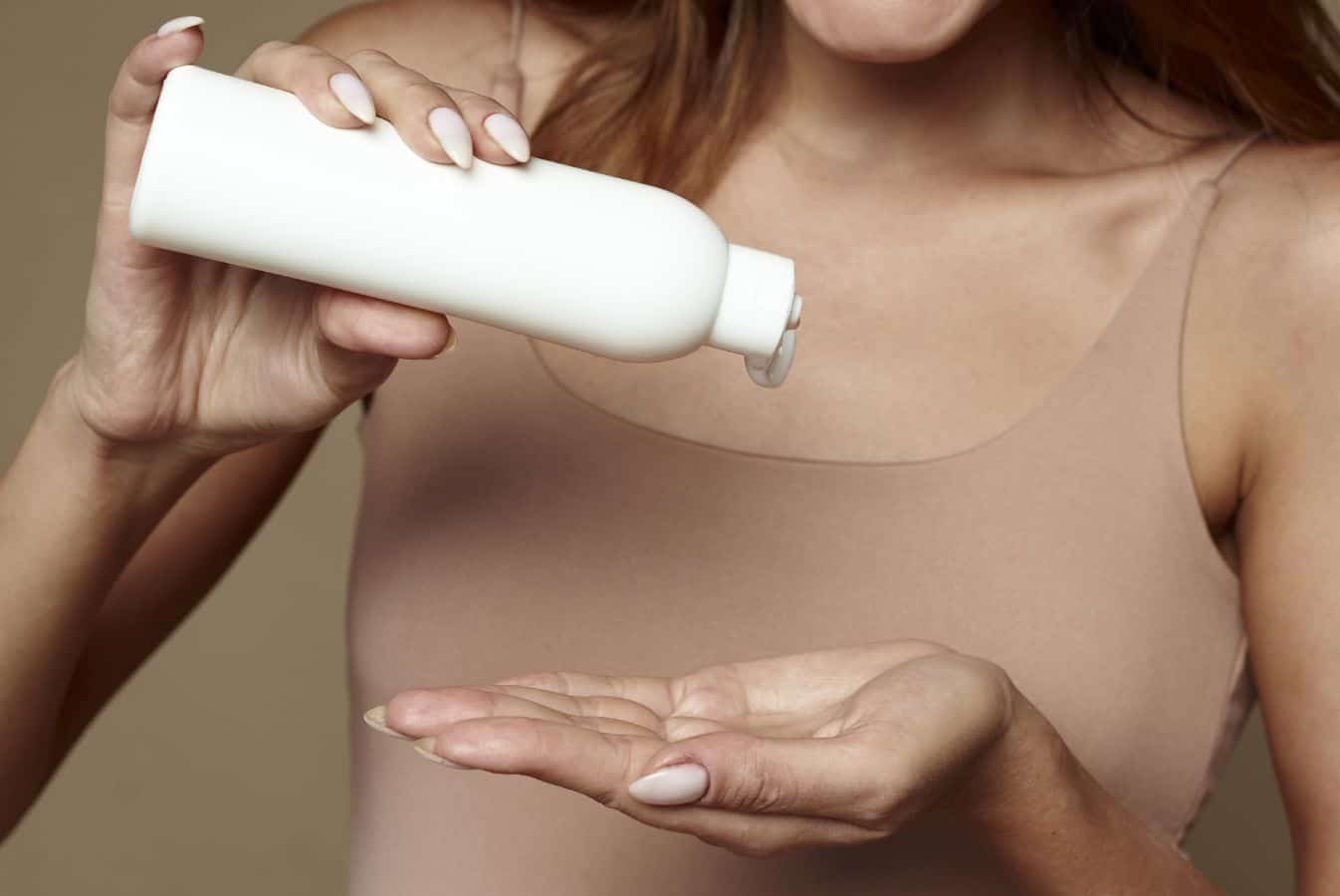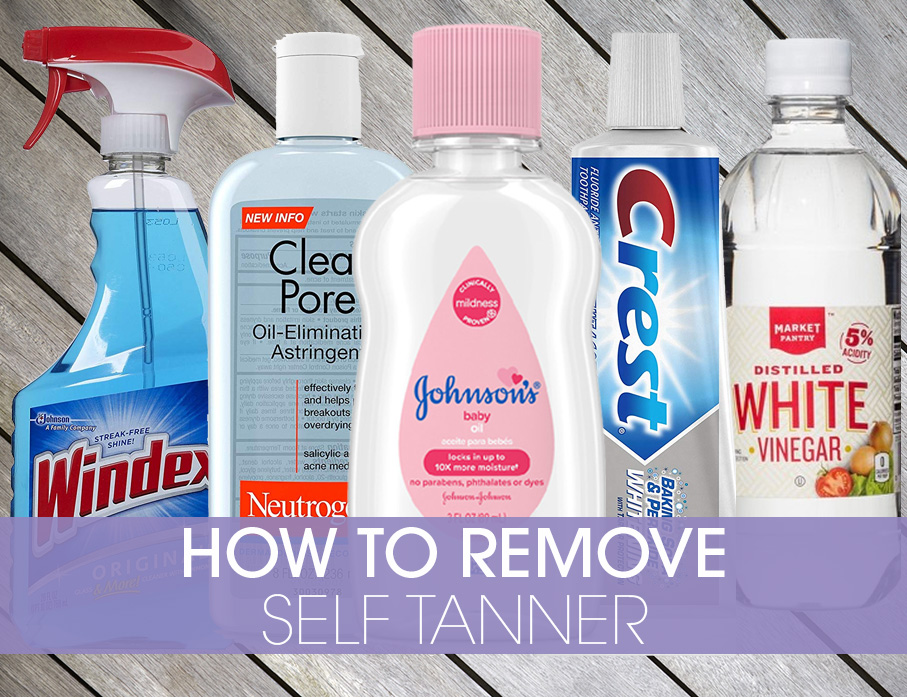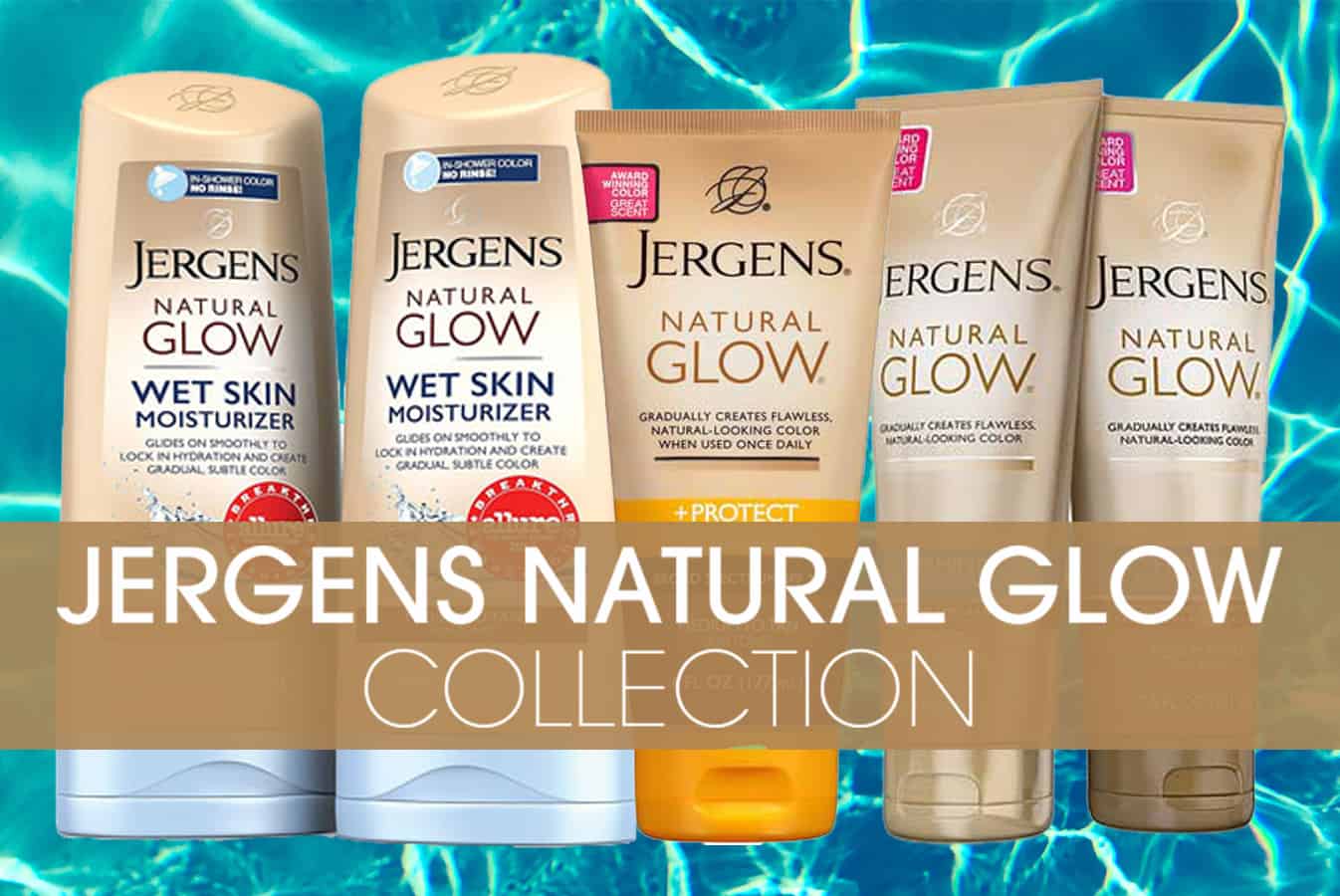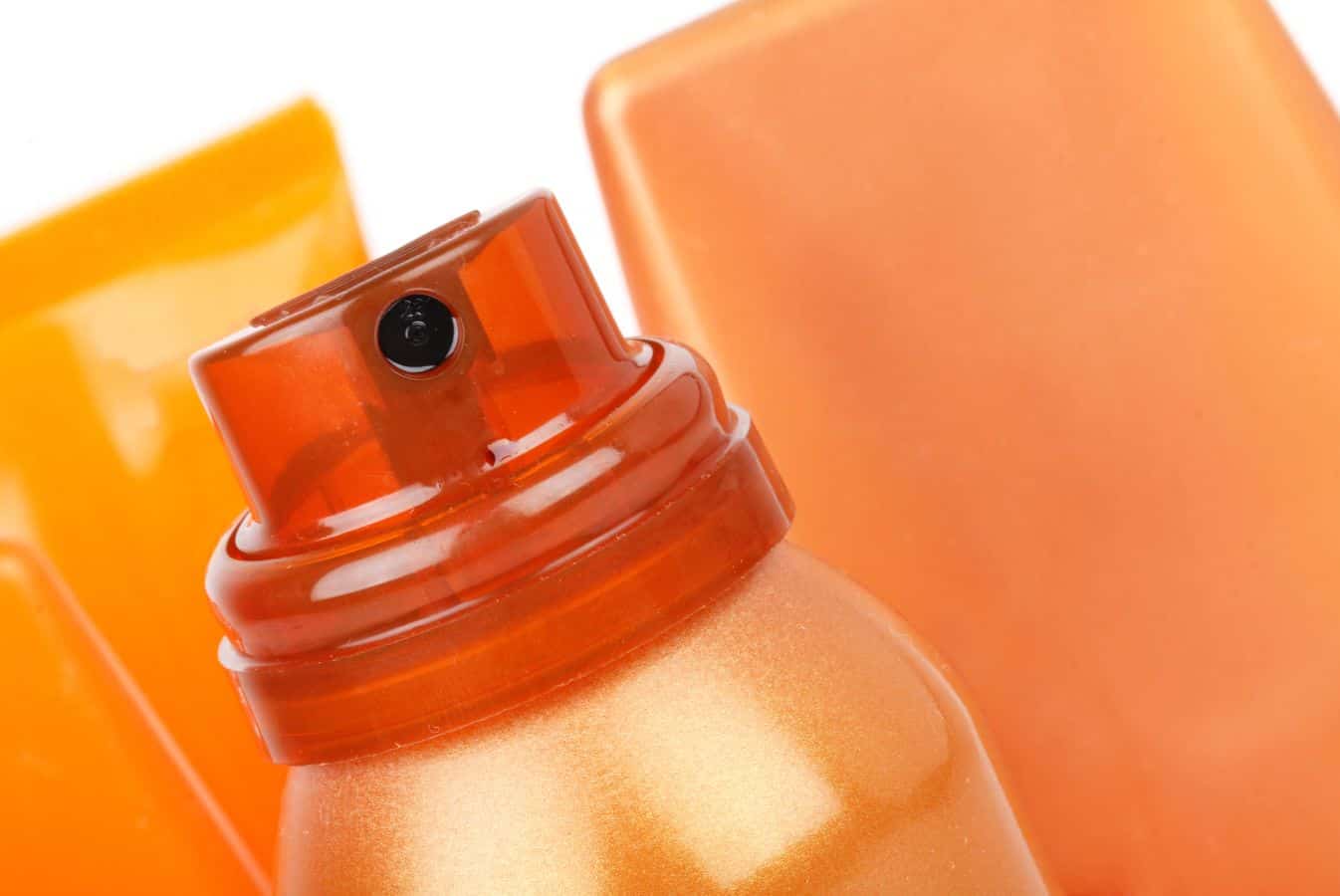Imagine achieving a flawless, sun-kissed tan without exposing your skin to harmful UV rays. Sound too good to be true? Self tanners make this dream a reality, allowing you to enjoy a golden glow all year round while protecting your skin from potential damage. Let’s dive into the fascinating science behind sunless tanning and learn how self tanners work, to achieve that perfect tan safely and effortlessly.
Table of Contents
The Magic Behind Self Tanners: Understanding the Process
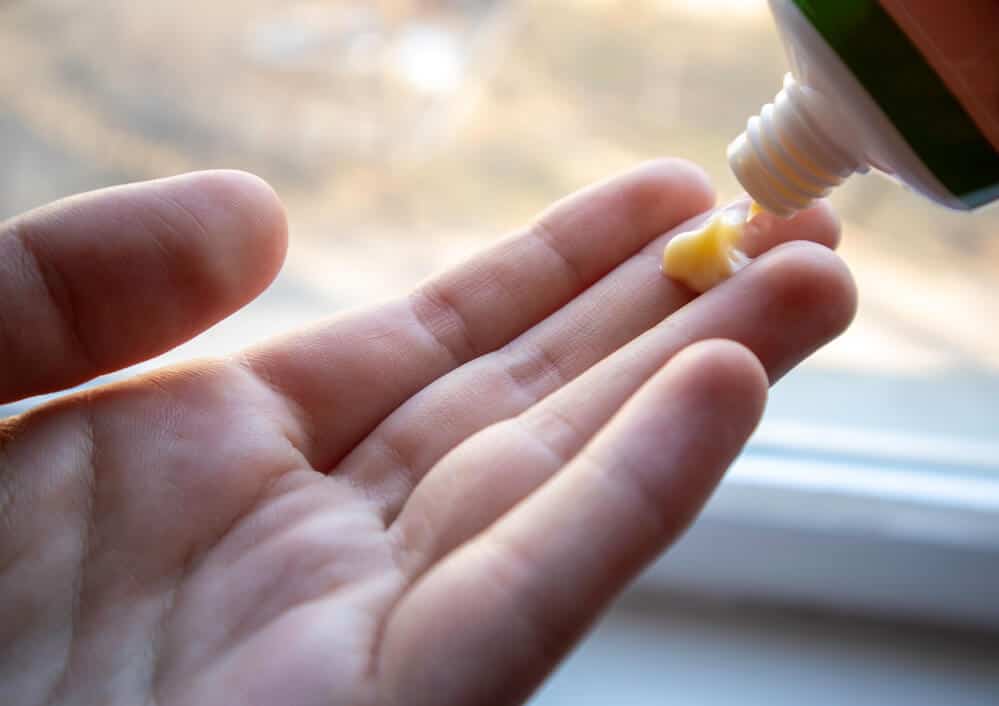
Sunless tanners work their magic by using active ingredients like DHA or erythrulose, which react with the skin’s surface to create a temporary tan without the need for UV exposure. This amazing process is known as the Maillard reaction, which is responsible for the bronzing effect of most self tanners. But, as with any cosmetic product, it’s essential to take safety precautions. Covering your eyes, nose, and mouth during application ensures a successful and safe tanning experience.
So, how can you achieve a natural-looking tan without basking in the sun? Self tanning lotions and other products contain these active ingredients, which react with the skin’s surface to give you a beautiful, sun-kissed look without any UV exposure. As skin cells shed, the sunless tan fades naturally, leaving you with a gorgeous glow that’s both safe and stunning.
The Role of DHA in Sunless Tanning
DHA is the active ingredient in most self tan products, interacting with the amino acids in our dead skin cells to create a natural sun tan look. This temporary tan is achieved as DHA reacts with the dead skin cells on your body’s surface, making it the key ingredient in most sunless tanning products.
Want a deeper color? Simply apply another layer of self tanning lotion the day after your initial application to intensify your tan. With DHA at the helm, you can achieve a stunning, natural-looking tan without the risks associated with sun exposure.
Erythrulose: An Alternative Ingredient
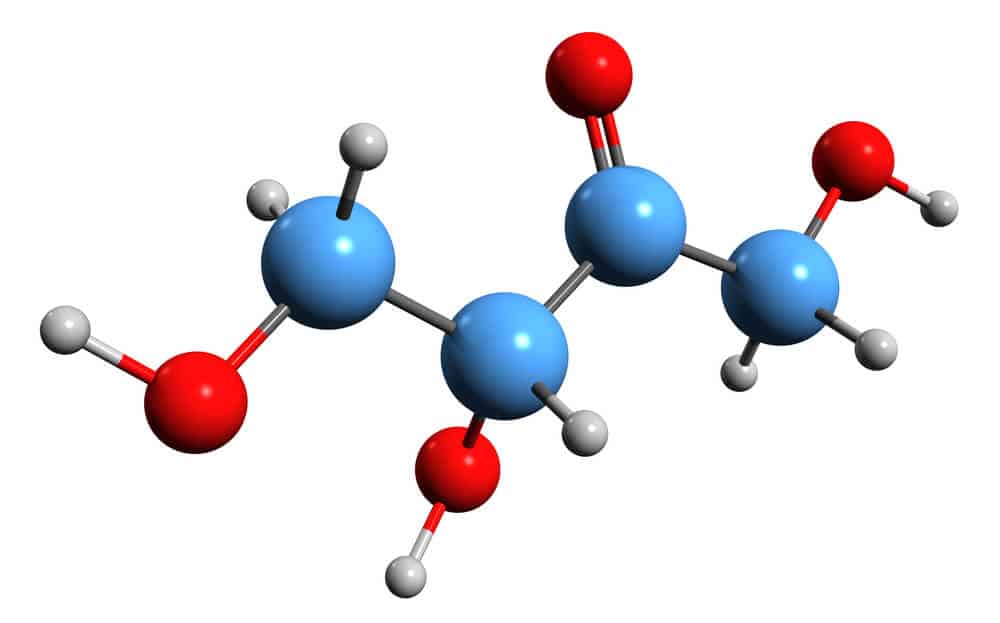
Erythrulose, a natural keto-sugar found in red raspberries, offers an exciting alternative to DHA in some sunless tanning products. Like DHA, erythrulose reacts with the amino acids of keratin in the epidermis of the skin, producing a brownish coloration. The benefits of using erythrulose in self tanners include a more gradual and longer-lasting dark tan, making it a great option for those seeking a sun-kissed glow without the risk of sun exposure.
Combining erythrulose and DHA in self tanning lotions can offer the best of both worlds: a natural-looking tan with the added bonus of a more gradual and longer-lasting effect. With these powerful ingredients working together, you can achieve the perfect tan without the need for harmful UV exposure.
The Advantages of Sunless Tanning Over Traditional Tanning Methods
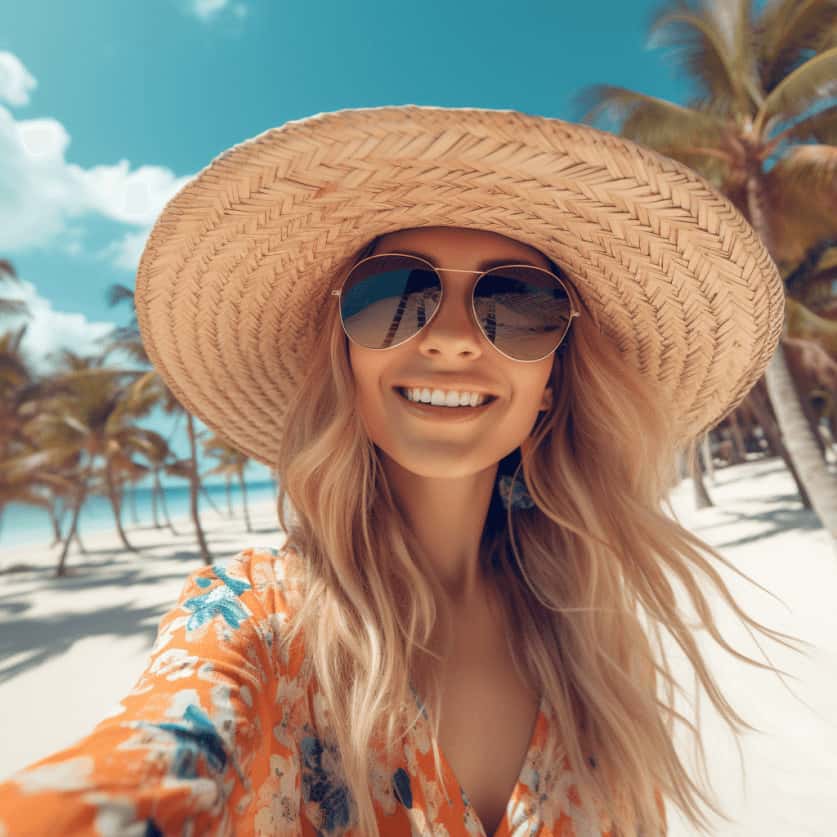
Sunless tanning offers a safer alternative to traditional tanning methods, such as tanning beds and spray tans, which expose your skin to harmful UV radiation. By eliminating the need for UV exposure, self-tanners help to:
Reduce the risk of skin cancer
Minimize the risk of premature aging
Prevent sunburns
Avoid the development of sunspots and hyperpigmentation
Overall, self-tanners provide a healthier way to achieve a sun-kissed glow without compromising your skin’s health.
While a sun-kissed glow may be desirable, the risks associated with traditional tanning methods are not worth it. Sunless tanning allows you to achieve a beautiful tan without the dangers of UV radiation, making it the smarter choice for both your skin and your overall health.
Avoiding Skin Cancer and Other Health Risks
Traditional tanning methods, such as tanning beds, expose your skin to UV radiation, which can lead to:
Sunburn
Premature aging
Skin cancer
Other health complications
In fact, the risk of developing melanoma increases by a shocking 75% when using tanning beds before the age of 35.
Switching to self-tanners offers several benefits.
Eliminates the need for harmful UV exposure, significantly lowering the risk of skin cancer and other health issues associated with sun exposure
Protects your skin from damage
Prioritizes your long-term health
Maintaining Youthful, Healthy Skin
By avoiding UV damage, sunless tanning helps maintain youthful, healthy skin without causing wrinkles or sunspots. Overexposure to UV rays can do skin damage and result in:
Fine lines
Wrinkles
Age spots
Lesions that can lead to skin cancer
Sunless tanning offers a solution to achieve a beautiful tan without these risks, and one popular method is getting a spray tan, which utilizes a sunless tanner. Another option is using a sunless tanning product, such as a sunless tanning lotion, for a more gradual and controlled tan.
In addition to protecting your skin from damage, sunless tanning can also help to conceal skin imperfections and provide a slimming effect. With sunless tanning, you can enjoy a radiant, youthful glow without compromising your skin’s health.
Achieving a Flawless, Natural-Looking Tan at Home
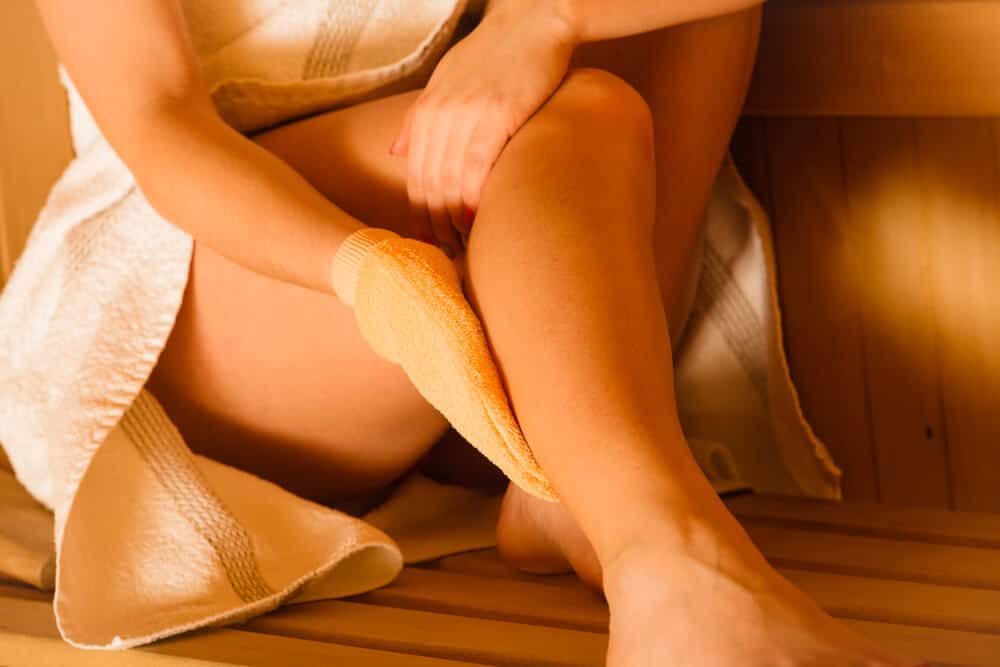
A flawless, natural-looking tan is possible to achieve in the comfort of your own home with proper skin preparation, application techniques, and maintenance. By taking the time to exfoliate and shave before applying self tanner, you can ensure an even, smooth base for your tan.
Following expert application techniques and allowing the self tanner to dry properly will prevent streaks and uneven color, giving you a beautiful, sun-kissed look. And don’t forget to moisturize and maintain your tan, as this will help prolong its life and keep your skin looking its best.
Preparing Your Skin: Exfoliation and Shaving
Exfoliating and shaving before applying self tanner is crucial for achieving a flawless, even tan. Exfoliation removes dead skin cells, ensuring a smooth surface for the self tanner to adhere to. Shaving ensures that the self tanner will be applied evenly on your skin, providing a natural-looking, streak-free tan.
Investing time in skin preparation will not only enhance the appearance of your tan, but also ensure its longevity. By taking care of your skin before applying self tanner, you can enjoy a stunning tan that lasts.
Application Techniques for a Streak-Free Tan
Applying self tanninner evenly and allowing it to dry properly is essential for preventing streaks and uneven color. Here are some tips to help you achieve a flawless tan.
Begin by applying the product in sections, ensuring that each area is covered thoroughly.
Take extra care when blending at wrists and ankles to avoid any harsh lines.
Lightly dilute the product over joints (such as elbows and knees) for a seamless finish.
By following these steps, you can achieve a natural-looking tan without any streaks or uneven patches.
Allow your skin to dry completely after applying the self tanner, waiting at least 15 minutes before getting dressed to show off your beautiful tan. These simple application techniques can help you achieve a flawless, natural-looking fake tan, that lasts.
Prolonging Your Tan: Moisturizing and Maintenance
Regular moisturizing and maintenance can help prolong the life of your sunless tan. Here are some tips to follow:
Use a lotion free from mineral oil, perfume, and harsh ingredients.
Choose a lotion that contains skin-nourishing ingredients like shea butter, aloe vera, or coconut oil.
Moisturize daily to keep your skin hydrated and smooth.
This will ensure an even, natural-looking tan.
Exfoliating regularly is also key to maintaining a beautiful, vibrant tan. By taking care of your skin and following a consistent moisturizing and maintenance routine, you can enjoy a gorgeous, long-lasting tan all year round.
Debunking Common Misconceptions About Sunless Tanning
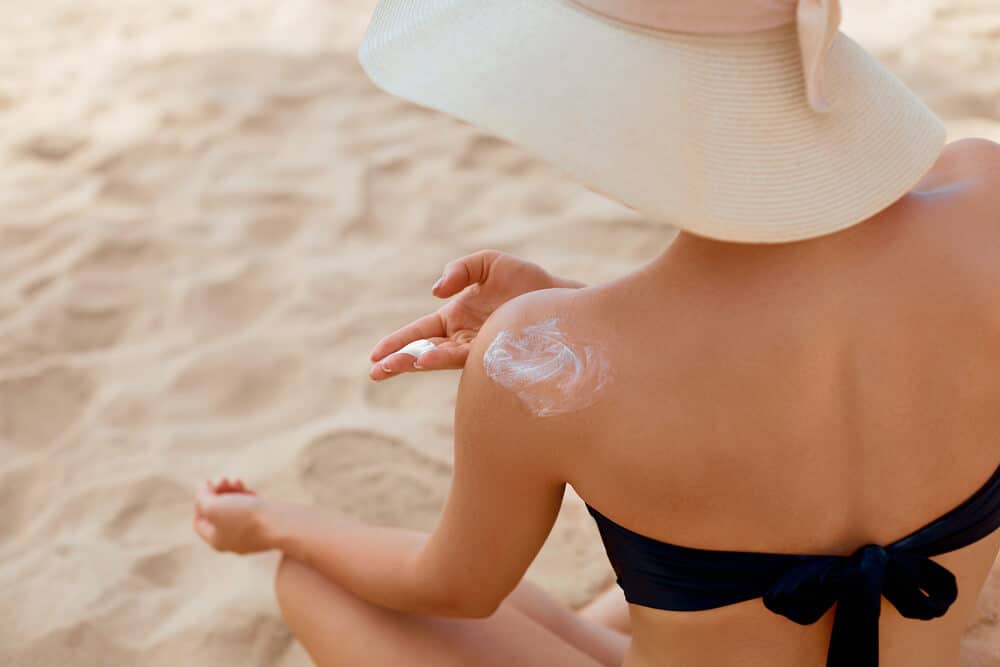
You may have heard some misconceptions about sunless tanning, such as the belief that self tanners will turn you orange, that they won’t last, or that they provide protection from the sun. However, these myths couldn’t be further from the truth. Self-tanners have come a long way in recent years, offering natural-looking and long-lasting results.
It’s important to remember that tanners do not offer UV protection, so sunscreen and protective clothing are still necessary to protect your skin from sun damage. As for the safety of self-tanners during pregnancy or breastfeeding, they are generally considered safe, with some precautions to avoid applying the product directly to the breasts.
Sunless Tanners and Sunscreen: A Necessary Combination
While self tanners can give you a beautiful, sun-kissed glow without the risks associated with sun exposure, they do not provide UV protection. To safeguard your skin from the harmful effects of UV rays, it’s essential to apply a broad-spectrum, SPF 30 (or higher) sunscreen that shields against both UVA and UVB rays after applying self-tanner.
Combining sunless tanninners and sunscreen is the key to enjoying a gorgeous tan while protecting your skin from potential damage. Don’t let misconceptions about sunless tanning put your skin at risk; always prioritize sun protection alongside your self tanning routine.
Safety Considerations: Pregnancy and Breastfeeding
Self-tanners are generally considered safe during pregnancy and breastfeeding. However, it’s best to avoid spray tans and tanning pills or injections, as their safety during pregnancy is uncertain. To ensure the best results and avoid potential risks, it’s recommended to wait until after the first trimester to use any self-tanning products.
While breastfeeding, it’s best to be extra careful and avoid applying self-tanning products directly to the breasts, as the taste and smell may be unpleasant for your baby, and you wouldn’t want them to swallow it. By taking these precautions, you can enjoy a beautiful tan without compromising your or your baby’s health.
Choosing the Right Self Tanner for Your Skin Type and Desired Tan
Choosing the right self tanner involves understanding the different types available and determining the ideal shade and formula for your skin. By considering your skin type, the tan you’d like to achieve, and any allergies you may have, you can select the perfect self tanner for your needs.
Whether you’re seeking a subtle glow or a deep, bronzed tan, there’s a self tanner out there to suit your preferences. With the knowledge of various sunless tanning options and a clear understanding of your skin type and desired shade, you can achieve the perfect tan safely and confidently.
Understanding Different Types of Sunless Tanners
Self-tanners come in a variety of forms, including:
Lotions: Effortless to spread and can be used on the face, but takes longer to dry.
Mousses: Simple to apply and dries swiftly, but can be tricky to spread evenly.
Sprays: Speedy and convenient, but can be challenging to control the amount of product used.
Drops: Great for focusing on specific areas, but can be a bit messy.
Each form has its own benefits and drawbacks. Choose the one that suits your preferences and needs.
By understanding the different types of sunless tanners and their unique characteristics, you can select the best product for your skin type and desired tan. With the right formula in hand, you’re one step closer to achieving that perfect, sun-kissed glow.
Determining the Ideal Shade and Formula for Your Skin
Finding the perfect shade and formula for your skin type is crucial for a natural-looking, long-lasting tan. Here are some recommendations based on different skin tones:
Pale or fair skin: opt for the LIGHT shade for a subtle glow
Medium skin tones: the DARK shade is perfect
Naturally tan skin: you will love the ULTRA DARK shade
Selecting the best formula for your skin type will also ensure optimal results. For dry skin, a lotion or mousse works best, while oily skin types may prefer a spray or gel. With the right shade and formula, you can achieve a stunning tan that complements your unique skin tone.
Summary
Sunless tanning offers a safe, effective way to achieve a beautiful, natural-looking tan without the risks associated with traditional tanning methods. By understanding the science behind self tanning, choosing the right product for your skin type, and following proper application techniques, you can enjoy a radiant, sun-kissed glow all year round. So why not try sunless tanning and experience the benefits for yourself?
Frequently Asked Questions
How long does a self tan last?
With proper preparation and maintenance, a self tan can last up to 10 days, giving you an enviable faux glow that will be the envy of your friends!
What does self-tanner do to your body?
Self-tanner contains an ingredient called DHA, which temporarily darkens your skin cells on the surface of your body to give you a sun-kissed glow. Unfortunately, this product can also lead to skin irritation and dryness, as well as cause free radicals that break down collagen and elastin in the body and skin, leading to wrinkles and skin aging.
How long does self-tanner take to tan?
It typically takes 8-12 hours for the self-tanner to take effect, and the resulting color can last up to 7 days before it begins to fade.
How do you use self-tanner for the first time?
Before applying self-tanner, exfoliate and dry your skin, then apply it in sections. Blend at your wrists and ankles, dilute over your joints, wash your hands after each section, and give your skin time to dry.
Always remember to apply sunscreen every day.
Do sunless tanners provide UV protection?
Sunless tanninners do not provide any UV protection, so make sure to use sunscreen and protective clothing for the best sun protection.
However, sunless tanners can be a great skin safe way to get a natural-looking tan without the risks associated with UV exposure.



